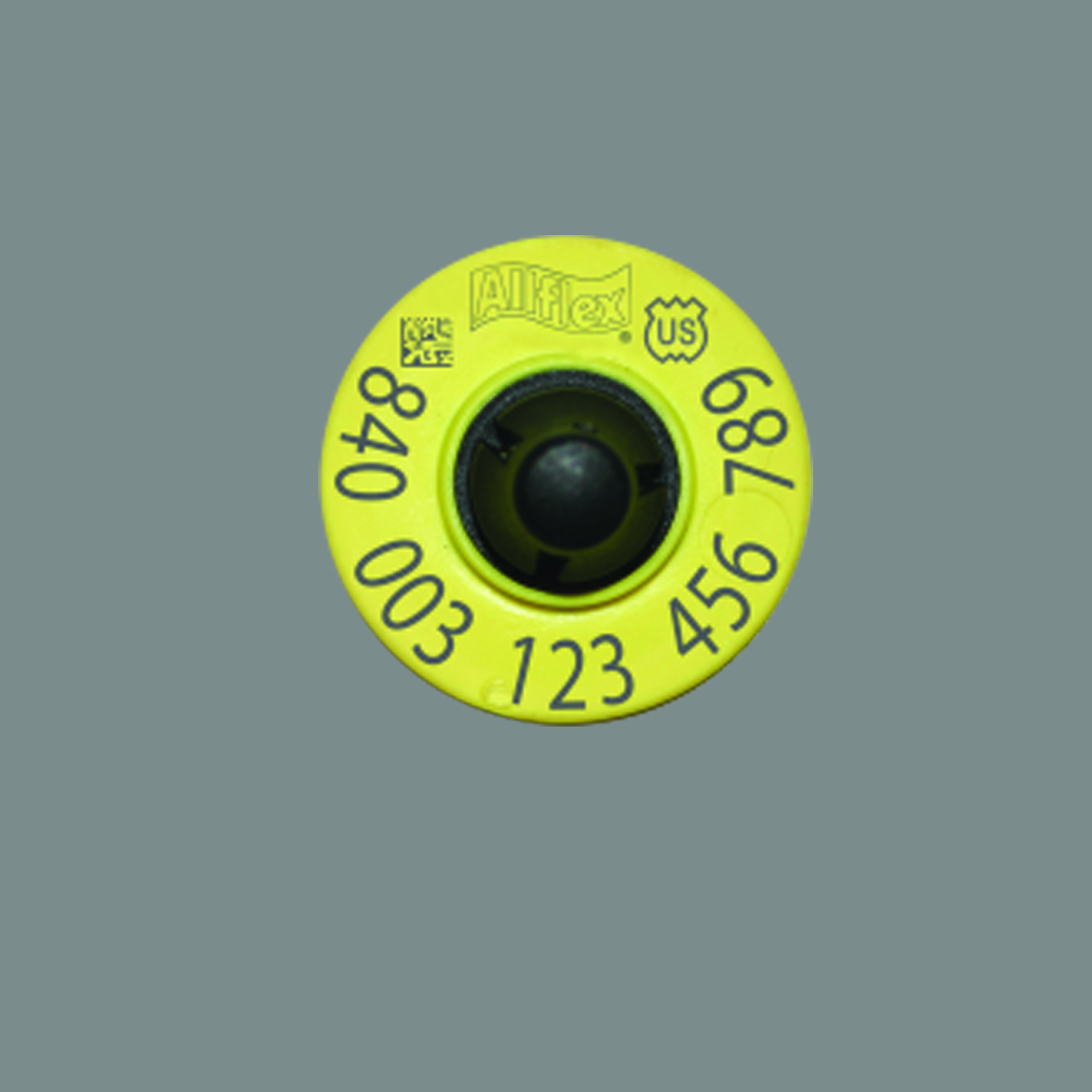
Sheep and goats in the EU have tags in both ears, the carrying the official number of their flock and also for breeding stock an individual number for each animal in case of sheep or goats intended for intra-community trade, one of these tags (the left one) must have a RFID chip (or the chip may instead be carried in a rumen bolus or on an anklet). These ear tags and boluses are complemented by transport documents supplied by vendors that are used for identification and tracking.Ī similar system is used for cattle in the European Union (EU), each bovine animal having a passport document and tag in each ear carrying the same number.
Eid tagger code#
The NLIS now also requires sheep and goats to use an ear tag that has the Property Identification Code inscribed on it. However, if animals are tagged for internal purposes in a herd or farm, IDs need not be unique in larger scales. The National Livestock Identification System (NLIS) of Australia regulations require that all cattle be fitted with a RFID device in the form of an ear tag or rumen bolus (a cylindrical object placed in the rumen) before movement from the property and that the movement be reported to the NLIS. Depending on jurisdiction, the movement of certain species of livestock (primarily cattle, goats, sheep and pigs) must be recorded in the online database within 24 hours of the movement and include the PICs of the properties the animals are travelling between.

Electronic tags may also show other information about the animal, including other related identification numbers such as the Property Identification Code (PIC) for the properties the animals have been located. Alternatively this identification number (ID) may be assigned by an organisation which is a not-for-profit organisation owned by cattle, sheep, goat and pig producers and funded by a levy on livestock sales with government input an example is the Meat and Livestock Association (MLA) of Australia. Non electronic ear tags may be simply handwritten for the convenience of the farmer (these are known as "management tags"). These can at times be combined as a matched set, which includes Visual tags with Electronic Identification Tags.Įach of these except the metal type may carry a RFID chip, which normally carries an electronic version of the same identification number.Īn ear tag usually carries an Animal Identification Number (AIN) or code for the animal, or for its herd or flock.
Eid tagger iso#
Electronic ear tags conform to international standards ISO 11784 and ISO 11785 working at 134.2 kHz, as well as ISO/IEC 18000-6C operating in the UHF spectrum.

If the ear tag uses Radio Frequency Identification Device ( RFID) technology it is referred to as an electronic ear tag. A sheep with an ear tag.Īn ear tag is a plastic or metal object used for identification of domestic livestock and other animals.

For the congenital anomaly, see Ear tag (medicine).


 0 kommentar(er)
0 kommentar(er)
